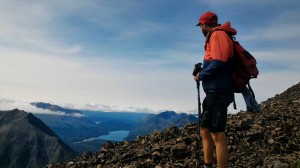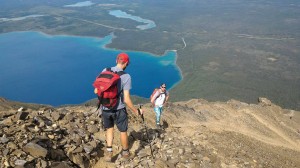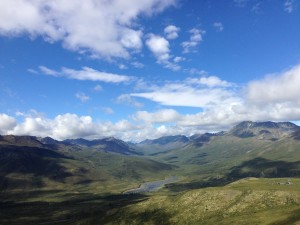 Theo Lyons
Theo Lyons
Back in June, when I was about three weeks into my internship at the Yukon Human Rights Commission, my brother and parents came up to visit me for a few days. As we were driving South toward British Columbia in a rental car there was a momentary lull in our conversation and my dad asked me, “So what exactly is it that the Yukon Human Rights Commission does?”
This question caught me off guard. I think I had assumed that the answer was on some level self-evident — it advances human rights in the Yukon, provides a forum for contesting instances of discrimination, and so on. In my attempt to give a thorough and accurate answer, though, I soon found myself launching into a description of the minutia of Canadian human rights law. I talked about the evolution of our understanding of discrimination, and the legal tests that we use to identify it. I outlined the duty to accommodate to the point of undue hardship, and several more legal tests relating to that. Finally, I began to ramble about how this might theoretically all be used to challenge the government for failing to provide adequate care to mentally ill prisoners.
When I finally stopped talking, the car once again fell silent. I suspect I lost my audience (or at least their interest) somewhere near the beginning.
A couple of weeks ago, I found myself confronted once again with the challenge of explaining human rights work in a simple yet accurate way. I was asked to make an hour-long presentation about human rights in the Yukon for a group of students who were participating in a summer program aimed at equipping persons with disabilities with general employability skills. As I prepared for the presentation, my co-workers at the Commission suggested that I should try to explain the Yukon Human Rights Act and the role of the Human Rights Commission in non-technical terms, with an emphasis on disability rights as they relate to employment.
This time around, I decided to start out by talking about the principles that I think underlie the Yukon Human Rights Act. At its most fundamental level, I think that Canada’s various federal, provincial, and territorial human rights legislation is about fairness and equality. It is unfair that a woman should lose her job simply because she has become pregnant. It is unfair that a person should be treated unfavourably on account of their race. And it is also unfair that a person should be denied a job opportunity because they have a disability that an employer could accommodate without experiencing undue hardship.
These truths are about fairness, and they are also about equality. From this perspective, accommodating a person’s difference is not about giving that person special privileges, but rather, it’s about creating a level playing field. I think that this goal of creating a level playing field, and of enabling all people to participate equally is one of the most fundamental, and most powerful values of our society. Through legislation like the Yukon Human Rights Act and institutions such as the Human Rights Commission we acknowledge that when people are excluded, harassed, or otherwise wrongfully disadvantaged it’s not just them that lose out. Rather, their entire community suffers the loss of what they could otherwise contribute.
Because we do not always succeed in living up to these values, we need open and accessible public forums like the Yukon Human Rights Commission which remind and encourage us to keep working towards realizing these shared goals in meaningful ways.
I also found time to touch upon more practical things, like the complaint process, and our phone number. In the end, I hope that my presentation left the audience more aware of their rights, and more confident in the ability of our institutions to come to their aid should they ever need that kind of support.
On the whole, I think I did a did a better job of conveying what the Human Rights Commission is all about this time around.
…and now for some totally unrelated photos of the author loving the Yukon:




